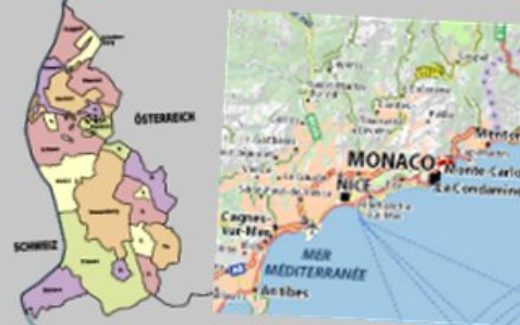Seven Sacraments in Four Languages
The Seven Sacraments in Catholicism are milestones in the lives of believers.
Babies born into Catholic families are traditionally baptized as soon as possible after birth. This is due to a longtime belief that the unbaptized could not go to heaven. The purpose of baptism is to cleanse the newborn of original sin handed down by Adam and Eve. Thus, if a baby died without being baptized, the baby’s soul would go to a place called Limbo. Limbo is not officially part of Catholic doctrine; instead the baby’s soul is entrusted to God’s mercy in the funeral rites. It’s a way of allowing people to think that God in his mercy could allow the unbaptized baby’s soul to go to heaven without contradicting the necessity of baptism.
https://www.catholiconline.school/pages/grade-2
Those who were baptized Catholic at birth generally learn about the Sacraments in catechism class in second grade, when they will make their first confession and receive Communion. Converts to Catholicism will take adult catechism classes.
Here is a list of the Sacraments in the order they are generally received after Baptism:
Penance, Confession: Mortal sins are confessed to a priest who gives absolution and assigns penance (typically, a number of prayers). This restores the penitent to a state of grace so that he or she may receive Holy Communion. The confession must be sincere.
Holy Eucharist, Holy Communion: Persons in a state of grace are invited to partake of the sacramental bread and wine after it is consecrated by the priest during Holy Mass. It is sort of a reenactment of the words of Christ at the Last Supper.
Confirmation: In this ceremony, a bishop anoints the forehead of those receiving the Holy Spirit. Confirmed Catholics are soldiers of Christ. Catholics usually choose the name of a saint as their “confirmation name” and can use that name in place of or in addition to a middle name.
Holy Orders: The Catholic church ordains men to serve as bishops, priest and deacons. The lowest level is the deacon, who can either be studying for the priesthood or may remain a deacon. Those who choose to remain deacons can marry and have families. Priests must take vows of celibacy and obedience. Priest who belong to a religious order must take the additional vow of poverty. A priest can be elevated to the office of bishop only upon approval of the Pope.
Matrimony: When two people partake in the sacrament of Matrimony, they are married by a Catholic priest who blesses their union. They pledge to be faithful to each other and to God for the rest of their lives.
Anointing of the Sick, Extreme Unction: Those who are seriously or terminally ill are anointed with consecrated oil. Confession may take place at the same time if the person is conscious. If not, absolution may still be given in case the person prayed for forgiveness before becoming comatose.
The Seven Sacraments in French, Spanish and Italian:
French / francais
1) le baptême
2) la réconciliation
3) l’eucharistie
4) la confirmation
5) l’ordination
6) le mariage
7) l’onction des malades
Spanish / espanol
1) el bautismo
2) la penitencia, confesión
3) la eucaristía, comunión, santa cena
4) la confirmación
5) la unción de enfermos, extremaunción
6) orden sacerdotal
7) matrimonio
Italian / italien
1) il battesimo
2) la penitenza, riconciliazione, confessione
3) l’eucaristìa, comunione, santa cena
4) la confermazione, cresima
5) l’ordine sacro
6) il matrimonio
7) l’unzione degli infermi
We may earn a small commission from qualifying purchases made from Amazon.com links at no cost to our visitors. Learn more: Affiliate Disclosure.









Recent Comments